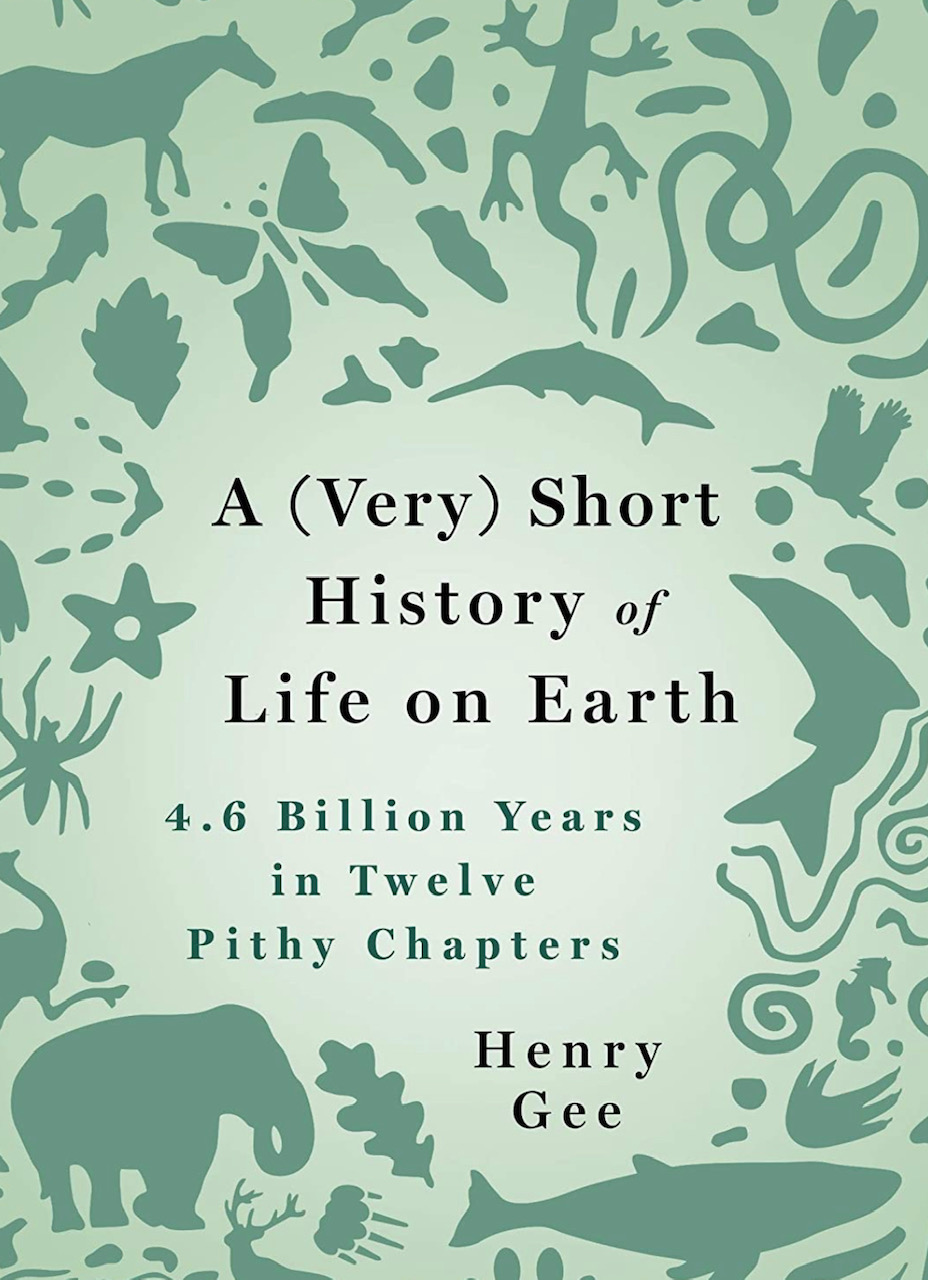Among the many questions that swirl around the ever-fevered Gee brain is this: how fast can snails go? They seem to go fairly fast when I chase them away from our leafy veg. But how fast is fast?
This pressing question was the subject of this effusion just out in the Journal of Zoology from M. Q. R. Pembury Smith and G. D. Ruxton of the University of St Andrews. Presumably stuck for other things to do during lockdown, they measured the speed of common garden snails (Cornu aspersum) testing them over a variety of substrates.
It’s perhaps no surprise to learn that snails don’t go very fast over sandpaper, and the coarser the sandpaper, the slower they go. Snails go fastest though over PVC over which other snails have previously slithered.
This brought to mind a conversation I had getting on for forty years ago with a school friend, one J. M. of Sussex. We were discussing the speed of snails, as you do, and he suggested that an appropriate measure of velocity for snails would be Furlongs per Fortnight.
From the paper, it seems that a snail traveling at top speed goes at around eight centimetres in any period of 30 seconds, or about 16 centimetres per minute. Amazingly enough, this is approximately 16 furlongs per fortnight, so my school friend was right on the money.
It would be interesting to compare speeds of various things in terms of furlongs per fortnight. My slow amble round the block with the dogs has a cracking pace of just over 8,000 furlongs per fortnight. The speed limit for a car on Britain’s motorways is 188,160 furlongs per fortnight. The speed of light in a vacuum is 1,802,617,498,752 furlongs per fortnight. Put another way, the speed of light in a vacuum is 112,663,593,672 as fast as the fastest snail measured by Pembury Smith and Ruxton.
This research raises more questions than it answers. Is 16 furlongs per fortnight really the top speed for a snail? Might they go any faster, perhaps with go-faster stripes? To be fair, Pembury Smith and Ruxton weren’t using thoroughbred racing snails, and were investigating what slows snails down, rather than what speeds them up. So there’s clearly room for further investigation.
At the risk of incurring wrath from any anti-doping agencies that rule on snail racing, perhaps a tiny amount of caffeine might help? After all, caffeine is known to make snails’ hearts race, which is why coffee grounds are toxic to them. A sublethal amount might stimulate snails and make them go faster. Pursuing further the principle that whatever doesn’t kill you makes you stronger, slug pellets might also improve snail speed. Snails certainly get a shift on when they see me outside late at night standing guard over the allotment, with a bowl of slug pellets and a pea shooter.
Within — of course — the boundaries of acceptable research on live animals, I urge the researchers to pursue this interesting line of inquiry.








 As I am sure you both know, I have been hard at work on a book. Refractory ‘t’s have yet to be crossed and the final recalcitrant ‘i’s dotted, but time waits for no-one, and as the remorseless schedules of publication get up on their winged chariot, unsparing of the horses, which of course are metaphorical horses, as no actual horses were harmed during the making of this book, not even mythical ones, you know, with wings, I see that a draft cover has appeared. You can find it should you direct your eyes leftwards. This is the draft cover for the US edition, and subject to change. I have also seen the cover for the UK edition, and it looks great, but that’s a work-in-progress and too young to be let out of doors on its own.
As I am sure you both know, I have been hard at work on a book. Refractory ‘t’s have yet to be crossed and the final recalcitrant ‘i’s dotted, but time waits for no-one, and as the remorseless schedules of publication get up on their winged chariot, unsparing of the horses, which of course are metaphorical horses, as no actual horses were harmed during the making of this book, not even mythical ones, you know, with wings, I see that a draft cover has appeared. You can find it should you direct your eyes leftwards. This is the draft cover for the US edition, and subject to change. I have also seen the cover for the UK edition, and it looks great, but that’s a work-in-progress and too young to be let out of doors on its own.
 Flabbey Road sprang into action. The Voodoo Sheiks emailed me a rough demo. I recorded some keyboards to go alongside it, and, this being the New Normal, I emailed it to the band. They piped it into their track and mixed it together. No actual personal contact was involved. The song is called Norm and
Flabbey Road sprang into action. The Voodoo Sheiks emailed me a rough demo. I recorded some keyboards to go alongside it, and, this being the New Normal, I emailed it to the band. They piped it into their track and mixed it together. No actual personal contact was involved. The song is called Norm and 

